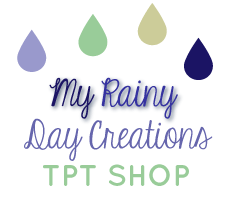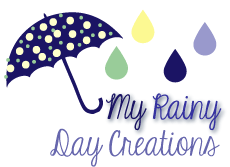One of my best sellers on TpT has been my Greek and Latin Roots weekly program. It is one of the first things I created to use in my own classroom when I was teaching middle school.
Here is what I love about the old program:
1. Teaching roots increases students' vocabularies much faster than teaching individual vocabulary words.
2. It sets up a reliable pattern for kids. They know that every Monday they will learn five new roots, and every Friday they will be expected to know the roots.
3. It is easy for the teacher. Everything is set up, so you don't have to do any extra planning.
Here is what I didn't love about the old program:
1. Five roots a week is way too many for elementary school, but I still wanted to use the program with my students. Prefixes, suffixes, and root words are all a part of the Common Core Standards for third grade.
2. There were only root words in the program, not prefixes and suffixes. I needed to teach prefixes and suffixes, but I didn't want to have two different programs.
3. Many of the third and fourth graders in my classes have not been ready to brainstorm lists of words for each root. I think they just didn't have enough exposure to language to know enough words for this task. They need to be given words that fit each root.
So, I decided to create a new program for elementary school students. It teachers one prefix, suffix, or root word a week. It gives students plenty of sample words to help them understand how prefixes, suffixes, and root words work together to form larger words. Finally, it integrates spelling, grammar, and vocabulary in a way that helps students understand that these three different topics work together.
Here, again, is the binder I am using to organize the sheets for my classroom.
I used tabs to divide the sections in prefixes, suffixes, and root words. I put the pre-test and the post-test up front. I was thinking that I would probably gather more lessons/worksheets for each of these topics, so I wanted to have a framework to build on in the binder.
You can see that every week has a worksheet for the student and flash cards for the class. Of course, you could make them for every student, but that would take a lot of time. I will probably make three or four sets per week, so I have enough for a literacy station.
I printed the flash cards with the sample words and their definitions on them on card stock.
Then, I cut out the cards and backed them with colorful paper. This would help me easily see which cards went together if students were working with different sets of cards. I could have just printed the cards on different colors of card stock, but I didn't have any at the time.
Then, because I am a teacher, I laminated the cards. Finally, I punched holes in the corner of the cards, so I could keep them together using a ring. I love these rings to keep cards together!
Kids can match up the cards, use them to study independently, or quiz their friends. I think that having the option to see both the vocabulary words and the definitions in the same space will really be helpful for my ELL students.
You can buy the program at Teachers pay Teachers or Teacher's Notebook.
 |
| Teachers pay Teachers |
 |
| Teacher's Notebook |
If you would be interested in winning a copy of this program for free, just follow the blog and leave a comment below. I will send out the prizes on Sunday.












No comments:
Post a Comment